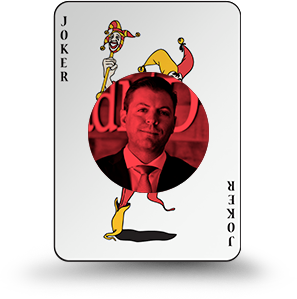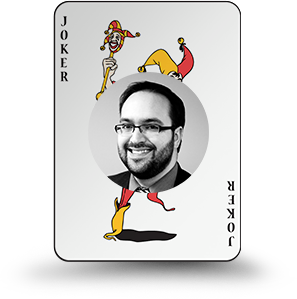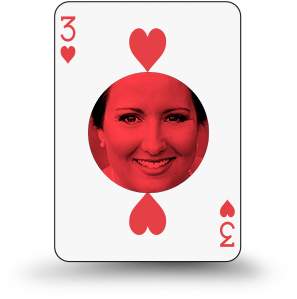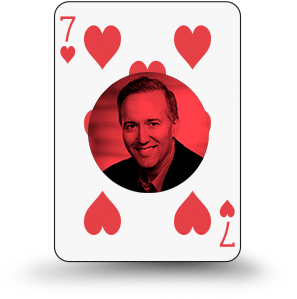
If my marketing operations leader added “maximizing the use of the marketing automation platform” as a goal in 2019, I’d replace them immediately because, clearly, they don’t get it. Increasing the usage of the technology is a means to an end. The measures of a MAP’s effectiveness include:
- Is it increasing productivity for users?
- Is it enabling us to do things not possible without the technology?
- Is it providing us with insights to help improve our operations?
- Is it improving the customer experience and increasing revenue more than costs?
Compelling more people to use the system more often, increasing the number of cool features you use or integrating more systems into it are all for naught if you don’t know in advance that these things will move the needle on point No. 4 above. My marketing operations leader should have No. 4 as a goal for 2019, and one of the supporting tactics might be maximizing the usage of the MAP by following these four steps:
1) Assess The Current Situation With Customers
How good is your current customer experience with marketing? How many channels of communication are you using? Are you doing multichannel campaigns? Are the offers and messaging coordinated across channels? Can you view and adapt to the results from all channels to iterate and improve? Can you associate the costs (resources and media spend) to revenue results and customer loyalty? What is the 2018 ROI of the annual total cost of ownership (TCO) for the MAP? Interview 10 or more customers and talk with them about the emails they get, the offers you provide, their use of other channels to interact with you and determine what you can do to improve their experience and engagement.
2) Talk With The MAP Users
How do the current users feel about the system? Does it make them more productive? Are they inspired to attempt new things? What slows them down? Is it viewed as overly cumbersome? Is expanding their use of it limited by training, skills and motivation, or lack of opportunity, data, integrations and features? Do they get reports from the system that gives them insights into what to do next and how to get even better results?
3) Create A Plan To Improve The Customer Experience
In the context of this byline, the plan is for improving the customer experience with all marketing-controlled channels (email, website, social, blogs, SMS, etc.). The plan, based on the input of your customers and users, and with an end goal of improving the customer experience, is likely to include tactics such as:
- Creating more trigger campaigns so that offers are more relevant;
- Expanding the preference center selections to drive up relevance;
- Allowing customers to select the cadence for communications;
- Making all campaigns multichannel;
- Creating more templated campaigns to reuse in different regions;
- Decreasing the development time for new campaigns so they can quickly react to market changes and industry announcements;
- Offering on-demand training on capabilities and best practices;
- Creating more evergreen campaigns that can run for one to two years;
- Modernizing all templates for best rendering on all devices;
- Integrating more data silos into the system to improve campaign targeting and relevance;
- Expanding the use of personalization capabilities;
- Starting some ABM campaigns and adding needed technologies; and
- Refreshing lead scoring.
The plan, like all plans, should specify who is going to do what, and by when. What are the resources needed, expenses and the expected outcomes? It will represent the prioritized list of tactics most likely to help achieve the goal of improving the customer experience and driving revenue.
4) Drive Accountability For The Tactics And The Goal Achievement
Imagine you get to the end of 2019 and marketing influenced revenue did not increase, the customer experience was unchanged and your various staff members are pointing fingers at each other and the MAP inadequacies as the source of the trouble. If this happens, look in the mirror because you didn’t drive clear accountability so that the reasons for missing the mark are clear to all. Start 2019 with a plan and clear accountability for who is responsible for which tactics and outcomes. Hold people accountable for those outcomes monthly and quarterly. There should be no surprise results in December 2019.
MAPs are powerful tools to help you achieve customer experience outcomes and revenue results. Keep your eyes on the desired outcomes but hold people accountable for both the tactics and the effects.



















